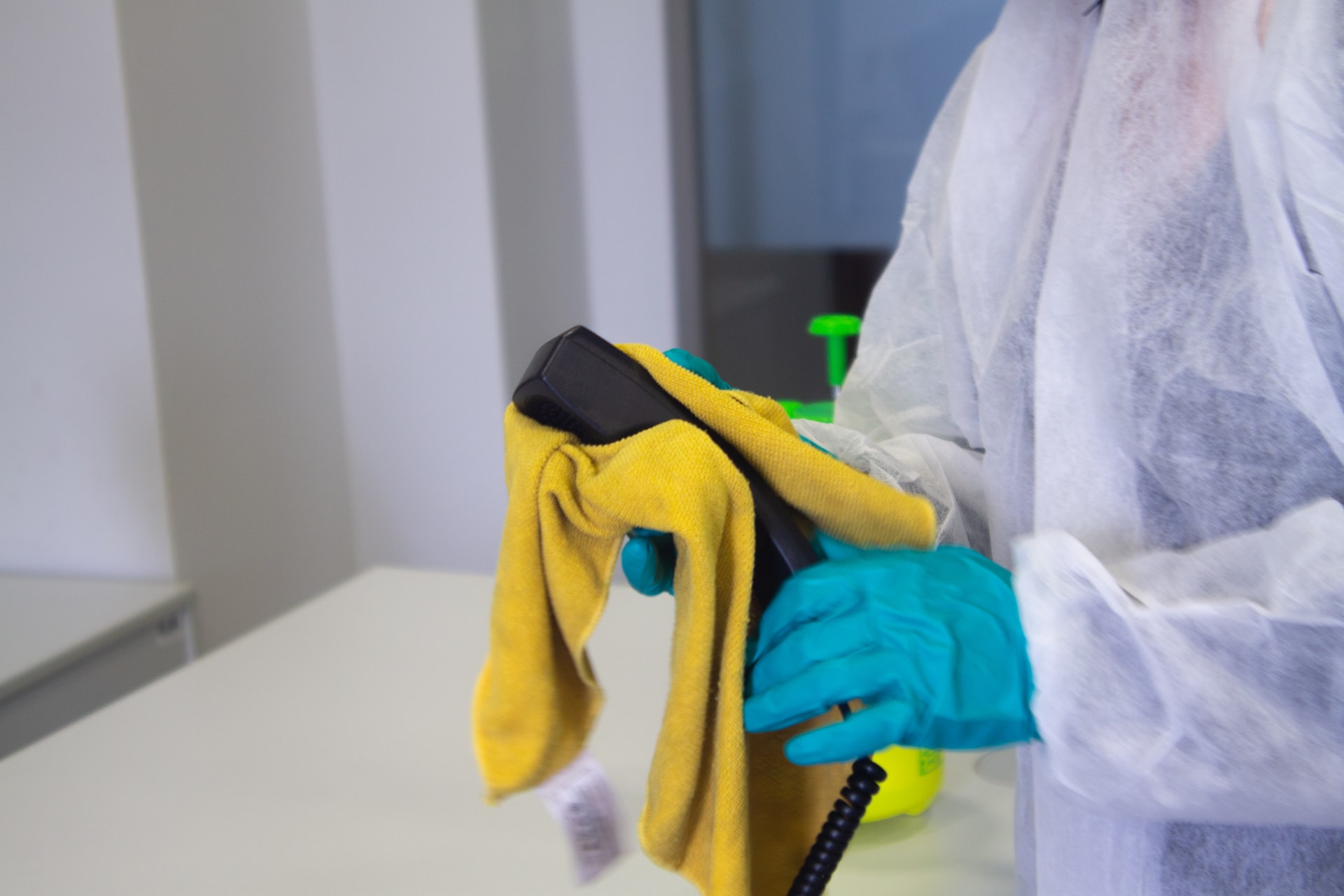New test results suggest many hospital gowns used to protect nurses from bodily fluids do not prevent infection as well as originally advertised. A peer-reviewed study shows these gowns tend to rip easily on the job and anywhere from four to 14 times more bodily fluid can seep through the plastic when it sprays or splashes than what was promised.
Experts say facilities should stop using the thinnest possible gowns to better protect workers from infection.
“I’m amazed that facilities are using them,” said Elizabeth Easter, a textile expert at the University of Kentucky, of the thinnest disposable gowns. “Because, technically, you can see through the fabric.”
ECRI, a nonprofit focused on healthcare safety, is also running tests on the gowns after receiving reports of “blood or other body fluids leaking through,” said ECRI Engineering Director Chris Lavanchy. Preliminary test results show the gowns may not live up to current safety standards. They can easily rip, leaving workers exposed to potentially dangerous bodily fluids.
Hospital isolation gowns are designed to cover the person’s arms and torso when they are working near or with a contagious patient. The plastic should prevent fluids from sticking to the person’s clothes or ending up in their nose or mouth. Germs rarely slip through the plastic when it is intact, but if the hospital uses the same gown multiple times, a small rip could easily get worse over time.
“It’s an expected principle of infection control that you don’t want that body fluid getting through,” Lavanchy said. “A very reasonable expectation is that if you do get liquids through, there is a risk.”
It’s not clear which brands or gown manufacturers are being investigated, but the ECRI stressed that the companies involved will have a chance to respond to the claims once the full study has been published.
Hospital gowns became a rare commodity during the early days of the pandemic. Industry shortages limited the supply of personal protective equipment (PPE), forcing some nurses and providers to wear trash bags instead of protective gowns. Other facilities resorted to buying PPE from foreign retailers and manufacturers that don’t comply with U.S. safety standards.
Many hospitals also switched to reusable gowns during the pandemic as a way of avoiding rising costs and supply chain shortages. Each gown can be laundered up to 75 times. They are also better for the environment.
Inova Health System, near Washington, D.C., recently transitioned to reusable gowns at two of its local hospitals. The company hopes to introduce them at three remaining facilities later this year. Before making the switch, Inova used about 3 million disposable gowns in a year, creating 213 tons of waste, company officials said.
“There was a lot of trial and error going through this process,” said Michelle Peninger, Inova’s assistant vice president of infection prevention and control. “But it will all pay off in the end.”
Chana Luria, a nurse in California with over 30 years’ experience, said she has long preferred laundering and wearing reusable gowns instead of disposable gowns. She says they feel thicker and help her feel more protected on the job. Luria says bodily fluid will sometimes slide down the gown and fall on the floor, creating a slipping hazard, but they would never seep through the fabric. They are also heavier, which can weigh nurses down throughout the day, but Luria cares more about protecting herself than staying comfortable at work.
“I would rather be sweating in a Hefty bag and have some sort of actual protection,” Luria said. “It’s called personal protective equipment. If it doesn’t protect you, it’s a waste of time.”
Adding Up the Costs
Protecting nurses and providers from infection is big business. Hospitals often spend thousands, if not millions, of dollars on thin pieces of plastic that usually wind up in the trash after being worn for just a few minutes.
According to Norm Lantz, senior director of general services at UCLA Health, a single liver transplant unit once used as many as 1,000 disposable gowns a day.
“We were spending millions of dollars on gowns,” Lantz said. “And then we realized, of all that money, what we were buying was filling landfills.”
Experts say the U.S. also needs to do a better job of regulating medical gowns. They generally fall into one of two categories. Level 1 gowns are designed to be worn in standard medical units and during basic care. Level 2 gowns are slightly thicker and are generally reserved for ICUs and during blood draws and suturing, according to the FDA.
These standards are overseen by three organizations, including the American National Standards Institute, the Association for the Advancement of Medical Instrumentation, and ASTM International, but there is no independent commission in place to ensure gowns adhere to these standards.
In 2020, ECRI tested 34 gown models from foreign and “non-traditional” suppliers and found that about half the gowns did not meet their claimed protection level and half failed to meet even the lowest standard, according to documents provided by the organization. Tim Browne, ECRI’s vice president of supply chain solutions, said the alarm bells started going off during the pandemic when hospitals started buying gowns from unregulated vendors.
“There was more fraudulent product in the marketplace than ever,” Browne said, “and that’s what really raised the level of concern from a quality standpoint.”



